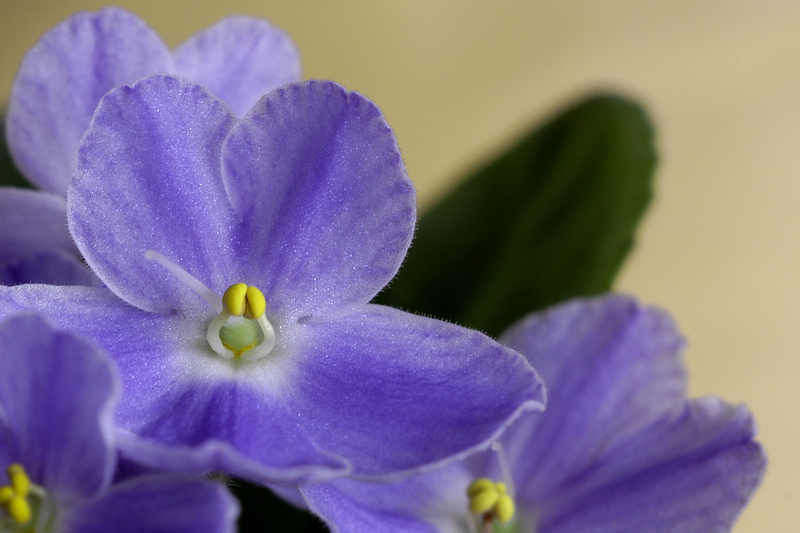It’s not always easy to eat a flower. Some of us may be skeptical as to whether it’s truly nutritious or what it may taste like. Others just may find the flower too beautiful to eat! However, we can add flowers to our diets in multiple and unique ways. They may even end up becoming a permanent part of our food prepping!
Some Important Safety Precautions
Not every is safe to eat. Make sure you have a positive ID of an edible flower before sampling.
Don't harvest flowers from roadsides or other contaminated areas such as chemically treated lawns. If an area has heavy animal use, harvest from another area.
Sunflowers – genus Helianthus
Edible Parts: Leaves, Roots, Petals and Seeds.
Nutrition: Sunflowers contain Vitamin E, Vitamin B1, Copper, Vitamin B6, Vitamin B3, Folate, Magnesium, Phosphorus, Protein, Fiber
Sprouts: Eat sunflower sprouts as a micro-green when they are 1-2″ tall. Toss them in a salad, add to a top of a sandwich, or placed on a grilled piece of fish.
Petals: Sunflower petals add amazing color, but can be a tad bitter. Use them sparingly in cooking.
Violets – Viola Odorata
Edible Parts: Flowers and Leaves
Nutrition: Violets contain Vitamin C, Vitamin A, Iron, and Calcium.
Greens: Use violet leaves fresh in salads or cooked like spinach.
Flowers: Use violet flowers fresh to preserve their lovely color and aroma. They can also be made into jellies or candied. Sugared violets make a lovely garnish.
Dandelions – Taraxacum officinalis
Edible Parts: Leaves, Seeds, Flower and Root.
Nutrition: Dandelions contain Fiber, Vitamin C, Vitamin B6, Thiamine, Riboflavin, Calcium, Iron, Potassium, Manganese, Folate, Magnesium, Copper, Phosphorus, Vitamin K, Vitamin A
“Greens of the humble dandelion provide 535 percent of the recommended daily value of vitamin K, but may also play a role in fighting Alzheimer's disease by limiting neuron damage in the brain.”
Flavor: Greens are earthy, nutty and pleasingly bitter. Roots are earthy with rich undertones. The flowers are sweet and crunchy.
Leaves: Dandelion leaves are great in smoothies, salads, sauteed, in pastas, stir-frys, soups and stews
Seeds: Although tough to gather in quantity, the seeds are edible. Nibble them straight out of the garden, or use them to make seed milk.
Flower: Dandelion flowers brighten desserts, pastries, breads, wines, jellies and jams. Dipped in cornmeal and fried, the blossoms taste very similar to mushrooms.
Root: Dandelion roots are used in tea or roasted to make an herbal coffee substitute.
Roses – genus Rosa
Edible Parts: Rose Petals and Rose Hips.
Nutrition: Rose hips are one of the richest plant sources of vitamin C. Rose hips contain the Carotenoids Beta-Carotene, Lutein, Zeaxanthin and Lycopene.
Flavor: Roses taste sweet, with subtle undertones ranging from fruit to mint to spice. If a rose smells good, it will have a good flavor. If the rose does not have a scent, it will taste like nothing.
Rose Hips: Use rose hips to make jam, tea, or candy.
Rose Petals: Use Rose Petals to make rose water or teas. Use them for color on salads and cakes.
Hibiscus – Hibiscus sabdariffa
Edible Part: Flower and Root
Nutrition: Hisbiscus is high is Niacin, Fiber, Protein, Amino Acids, Iron, Calcium (source)
Flavor: Cranberry-like flavor with citrus overtones.
Use hibiscus in teas, soups, garnishes, water infusions or jelly. Hibiscus flowers may be stuffed like squash blossoms.
Hibiscus Herbal Tea
- 1 Tsp Organic Hibiscus
- 1 Tsp Organic Rosehips
- 1/2 Cinnamon Stick
- 1/2 Tsp of Grated Orange Peel
Pour 2 cups of boiling water over tea. Let steep for 10 mins. Strain and enjoy. Makes 2 cups
Lavender – Lavandula angustifolia
Edible Parts: Leaves and Flowers. Stems can be used in cooking prep and flavoring.
Nutrition: Vitamin A, Calcium, Phytochemicals, Limonene and Antioxidants.
Flavor: Sweet, floral flavor, with lemon and citrus notes.
Leaves: Finely mince lavender leaves and sprinkle on savory foods for flavor.
Lavender Fields Forever Recipe
This is a wonderful refreshing adult beverage with floral tones.
Ingredients
- 1 ounce of lemon vodka
- 1/2 ounce fresh lemon juice
- 1/4 ounce Lavender Syrup (simple syrup infused with 1 tsp of lavender)
- 1 drop purple food color
- fresh lavender sprig
- 1 Tbsp Culinary grade dried lavender flowers
- Lemon Slice
Directions
Fill a glass with ice. Pour the vodka, lemon juice and Lavender Syrup. Stir thoroughly. Roll the lemon slice in lavender and garnish glass.
Have you tried eating any of these flowers? Which other flowers are edible?
Article Source: Common Sense Home
